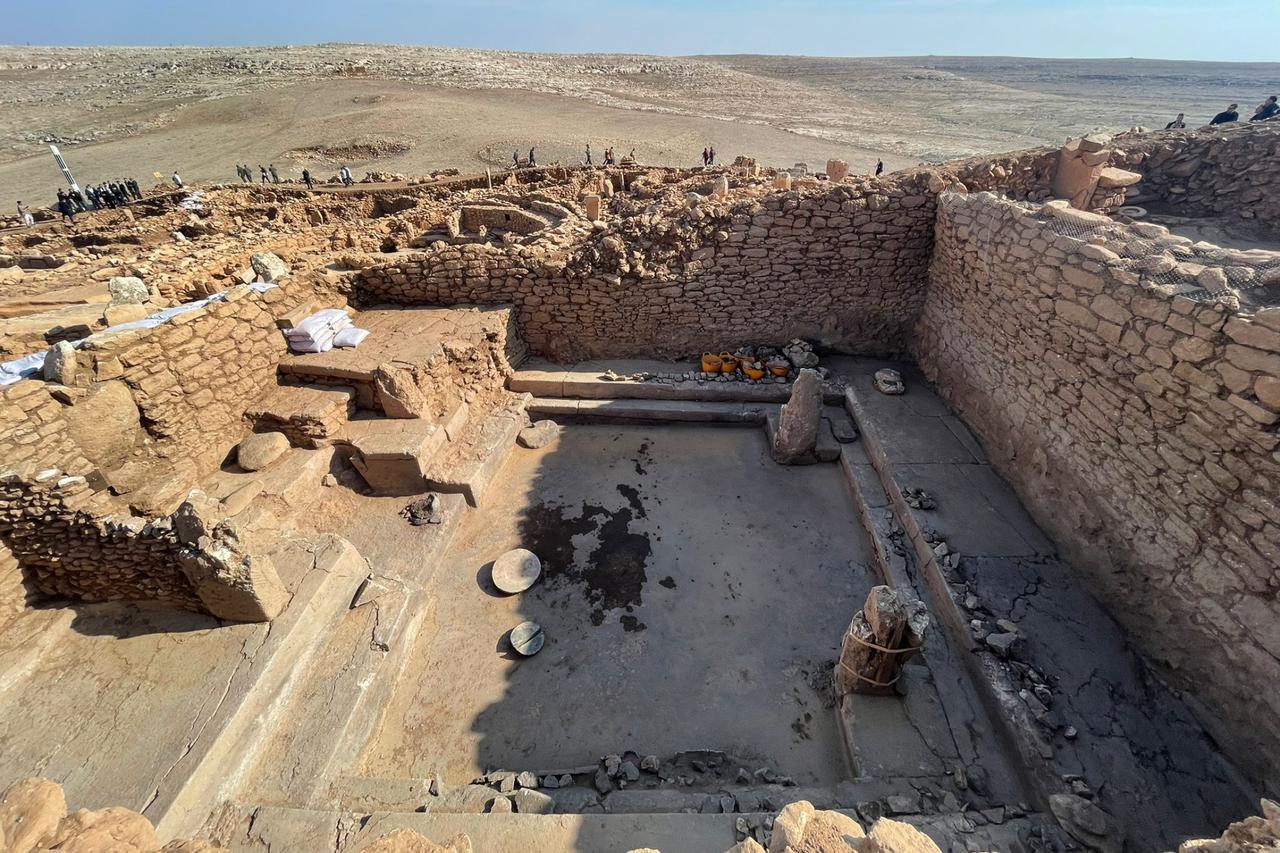
Türkiye on Wednesday revealed a series of striking new archaeological discoveries from Karahantepe, Sayburc, Sefertepe and Gobeklitepe during the “Tas Tepeler 5th Anniversary Program,” held with the participation of Culture and Tourism Minister Mehmet Nuri Ersoy. The finds offer rare insights into ritual life, symbolism and social structures dating back 12,000 years, further cementing Tas Tepeler’s (Stone Mounds) position as one of the world’s most important Neolithic cultural landscapes.
Speaking in Sanliurfa, Minister Ersoy said the project’s first five years had “opened a horizon far beyond what we originally imagined,” adding that the region proves early communities possessed “a far more advanced level of consciousness in belief, ritual and social organisation than previously thought.”

Among the most visually striking finds showcased during the event was a human statue placed deliberately inside a wall in Gobeklitepe’s Enclosure D, interpreted as a likely offering. Ersoy noted that the sculpture, discovered shortly before the visit of Japan’s Princess Akiko, represents “an impressive example of the aesthetic and expressive sculptural tradition of the Neolithic period.”
Scholars will still need time to analyse why the statue was sealed inside the wall, but its craftsmanship highlights the refined artistic abilities of the region’s early communities.
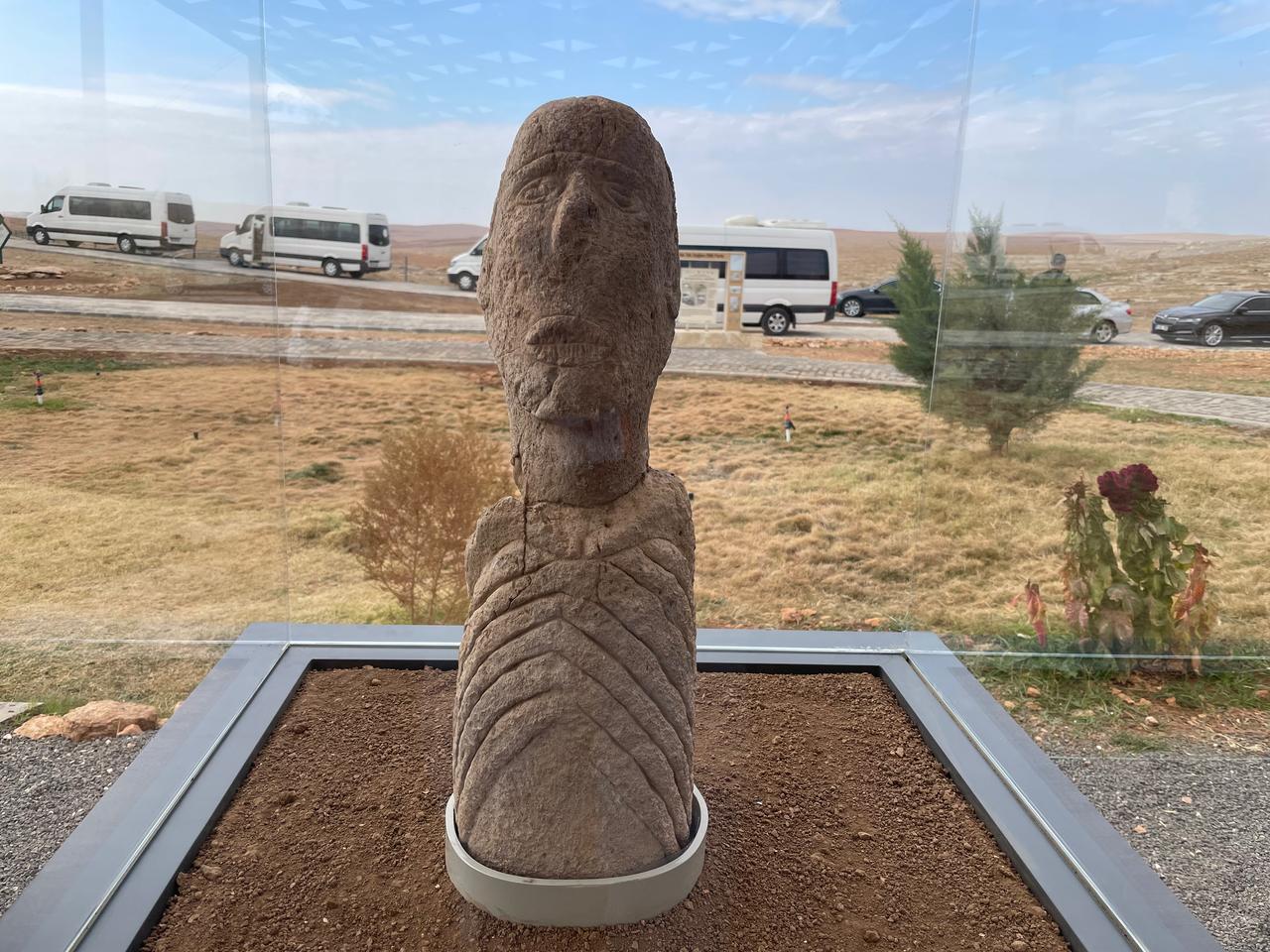
Another headline discovery came from Sayburc, where excavations revealed a human sculpture with a stitched mouth, interpreted as depicting a deceased individual.
The minister said the statue provides “an opportunity to reassess prehistoric concepts of death beyond burials and skull traditions,” as the sealed mouth suggests a symbolic act tied to ritual or belief.
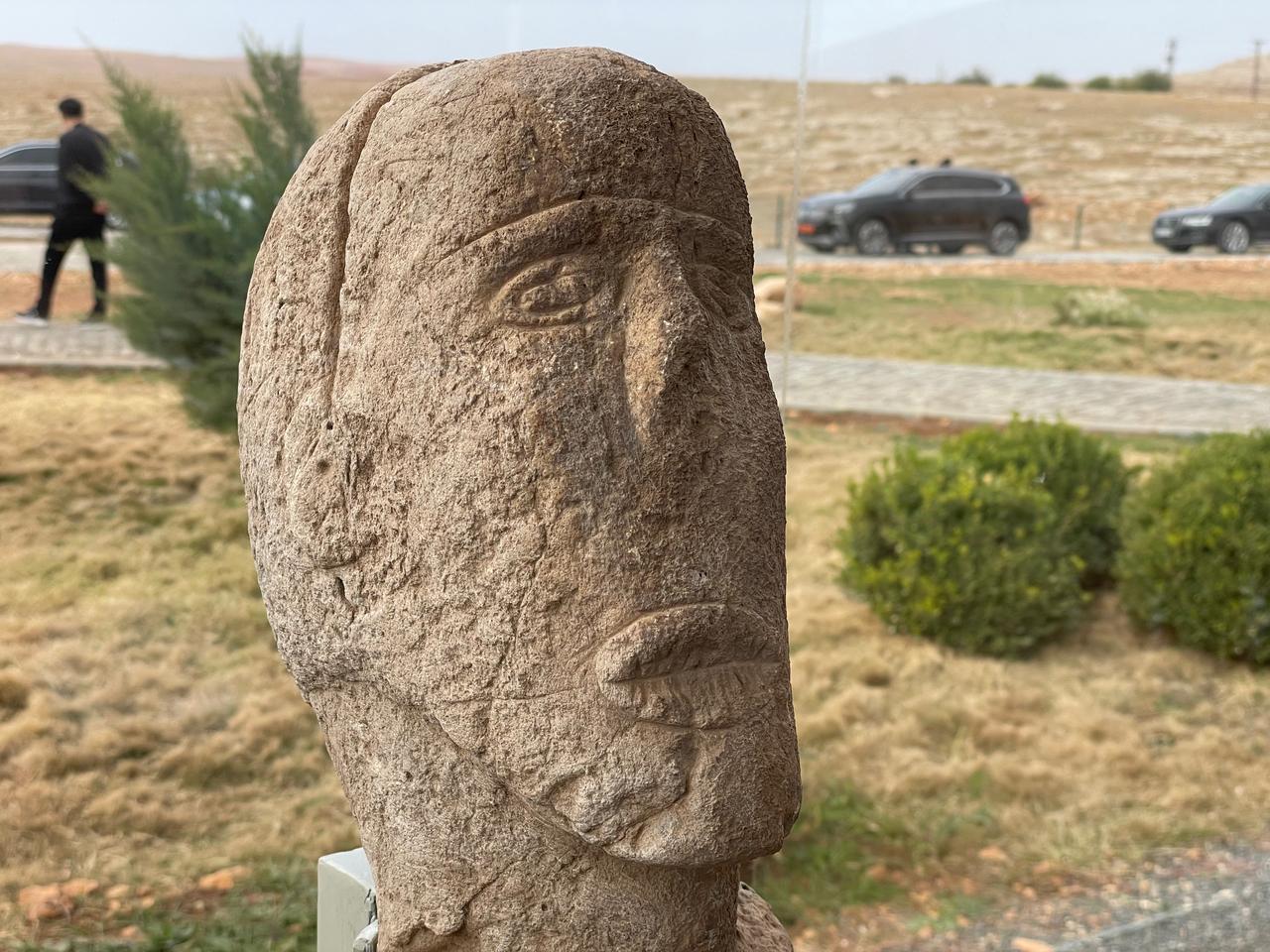
This sculpture has quickly become one of the most discussed Neolithic finds of the year.
Video shows two newly identified carved human faces at Sefertepe—one executed in high relief and the other in low relief—reflecting a distinct artistic style within the Tas Tepeler cultural zone. (Video via Culture and Tourism Ministry of Türkiye)
Sefertepe yielded several important finds during the 2025 season, including:
Two carved human faces on shaped stone blocks, one in high relief and one in low relief, executed in a style distinct from Gobeklitepe, Karahantepe and Sayburc;
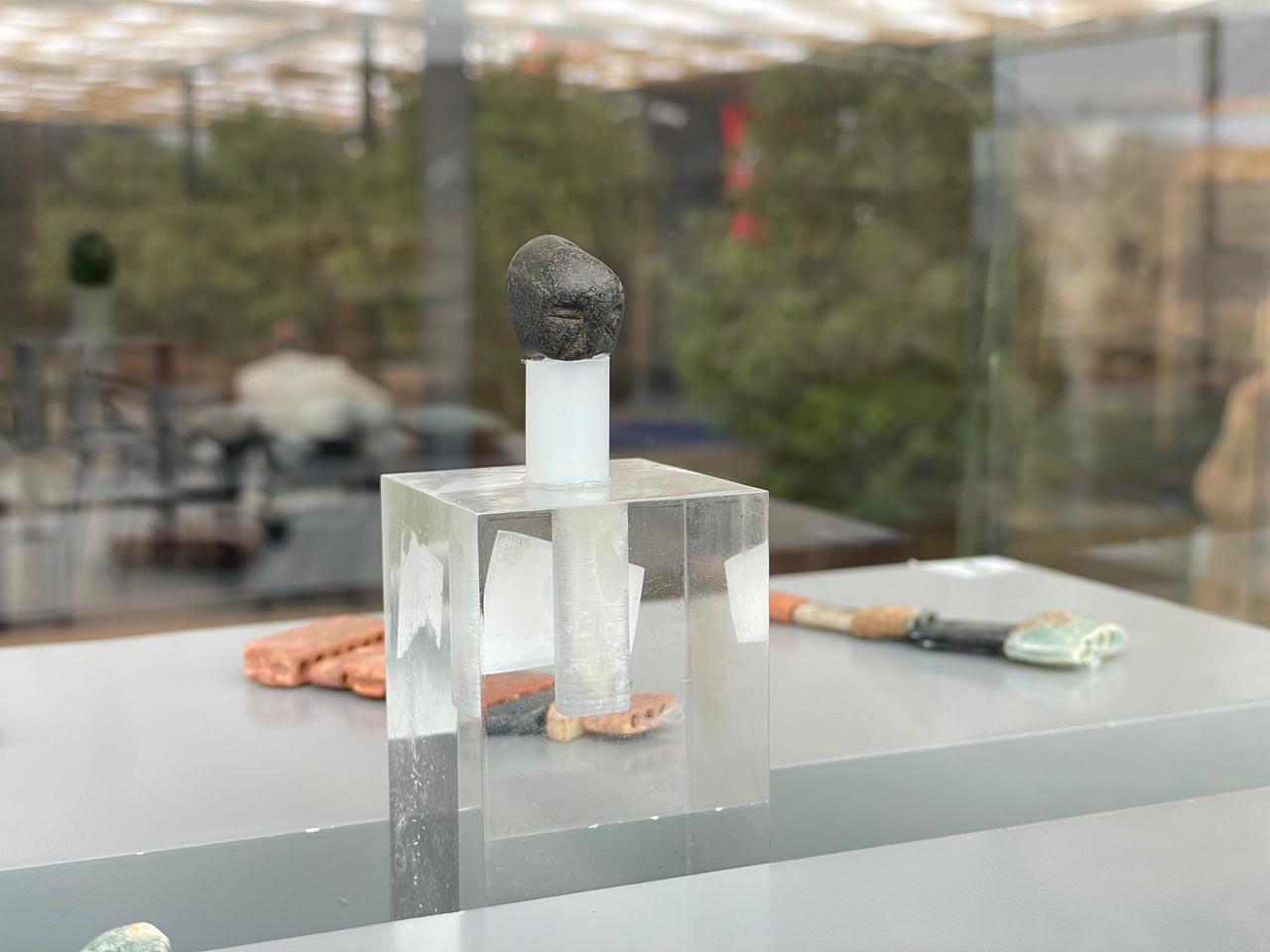
The minister highlighted that these discoveries provide new dimensions to the symbolic repertoire of the Tas Tepeler region and help clarify how communities expressed identity, ritual and memory.

Although no new structural revelation was presented at Karahantepe this season, restoration of the site’s AD Structure continues, while ongoing excavations remain central to understanding the broader cultural network. Karahantepe, with nearly 250 documented T-shaped pillars, is considered one of the region’s largest and most architecturally complex ritual centres.
The project now spans 12 active excavation and research areas, including Ayanlar Hoyuk, where work began earlier this year with the participation of Japanese archaeologists.
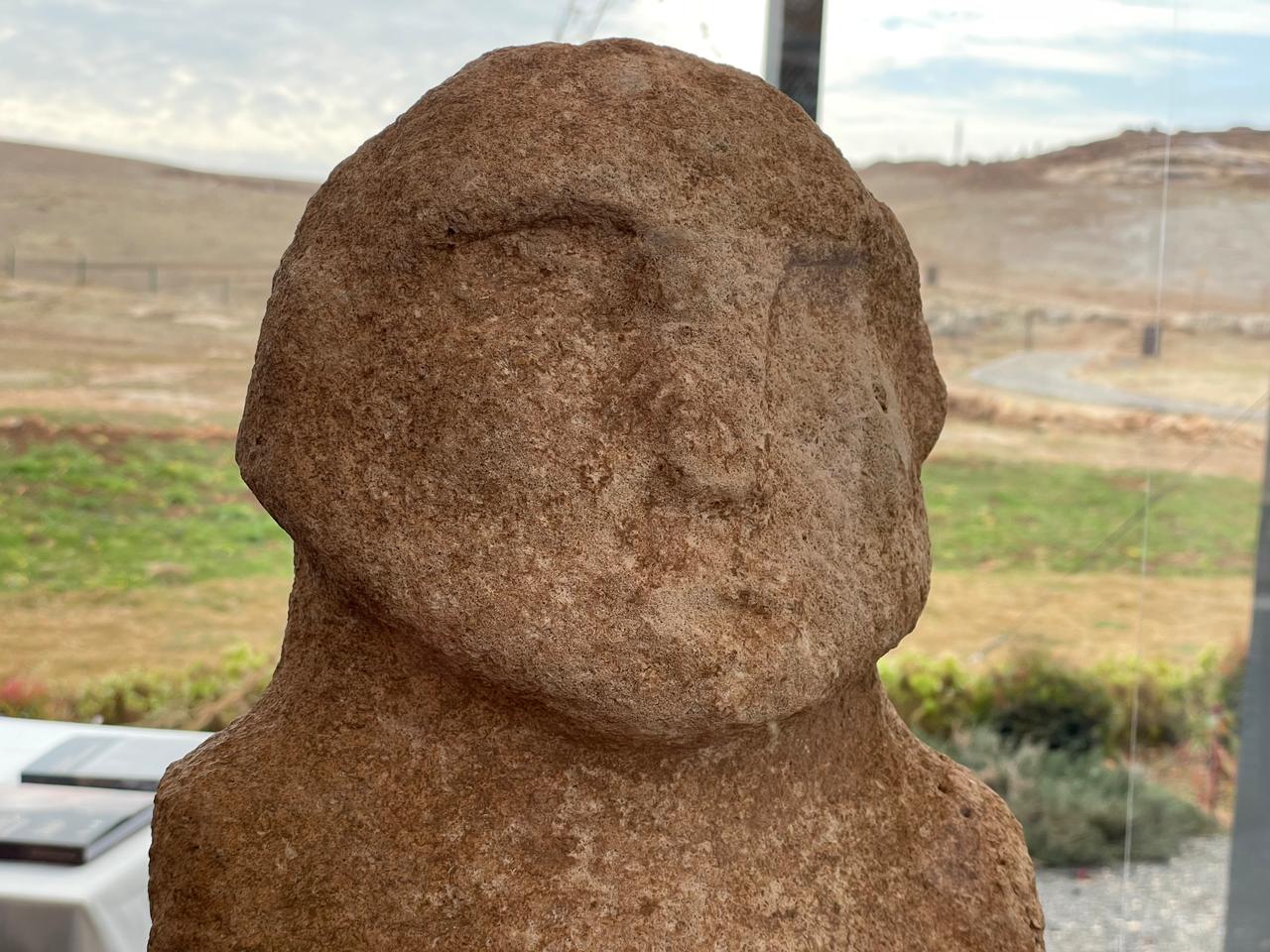
Ersoy emphasized that the cumulative findings across all Tas Tepeler sites demonstrate the presence of dense, multi-scale settlements in the Neolithic period, each containing both domestic and communal buildings. Excavations reveal households with burials, ovens and food-preparation areas, confirming that daily life and symbolic practices were deeply intertwined.
He also noted that this carries special meaning during Türkiye’s officially declared “Year of the Family,” observing that Neolithic evidence shows “the foundations of family and social organisation emerged far earlier than previously believed.”
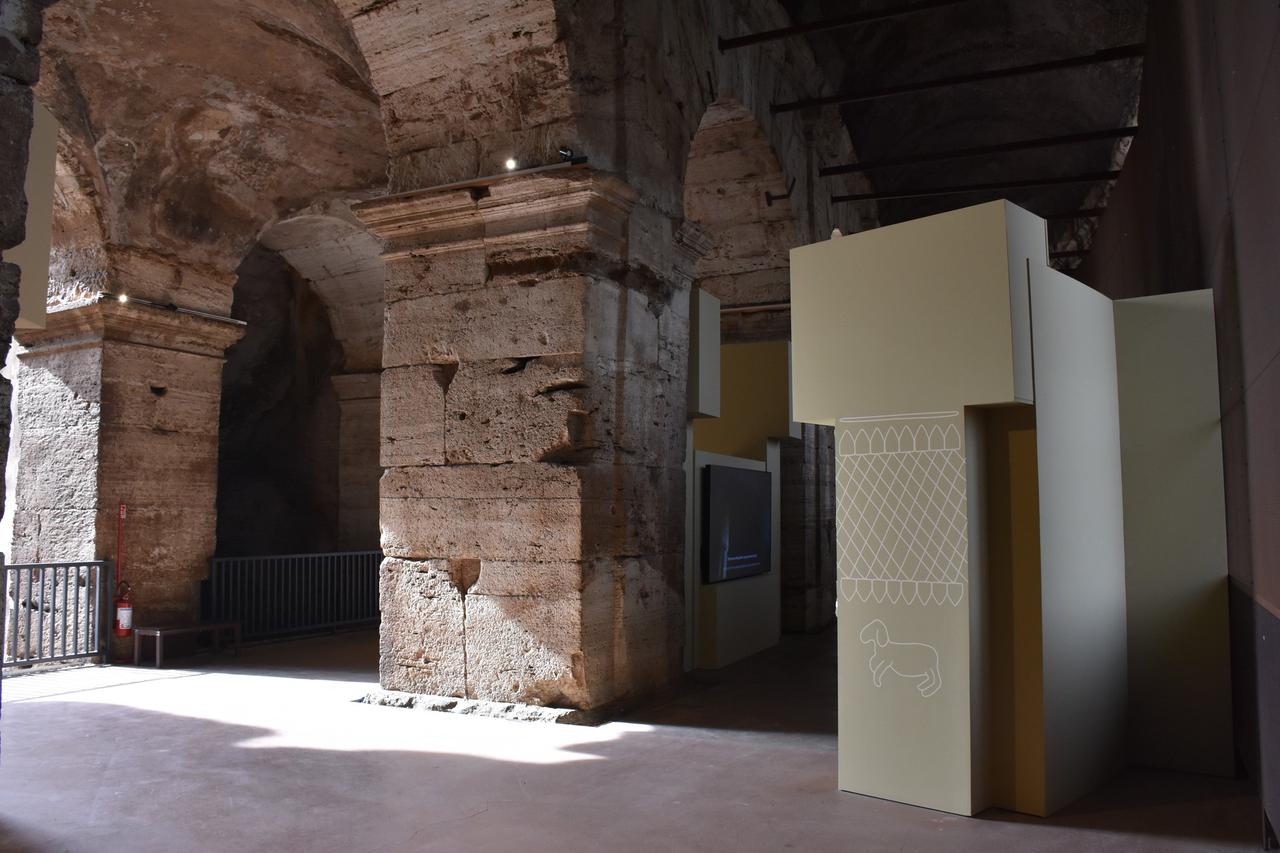
The minister also recapped major international exhibition successes, including the Gobeklitepe show at the Colosseum in Rome, visited by 6 million people, and upcoming displays in Berlin, London’s Guildhall Art Gallery and Tokyo National Museum.
He added that findings from Tas Tepeler have been presented in over 100 conferences worldwide, strengthening Türkiye’s role in global archaeological research.
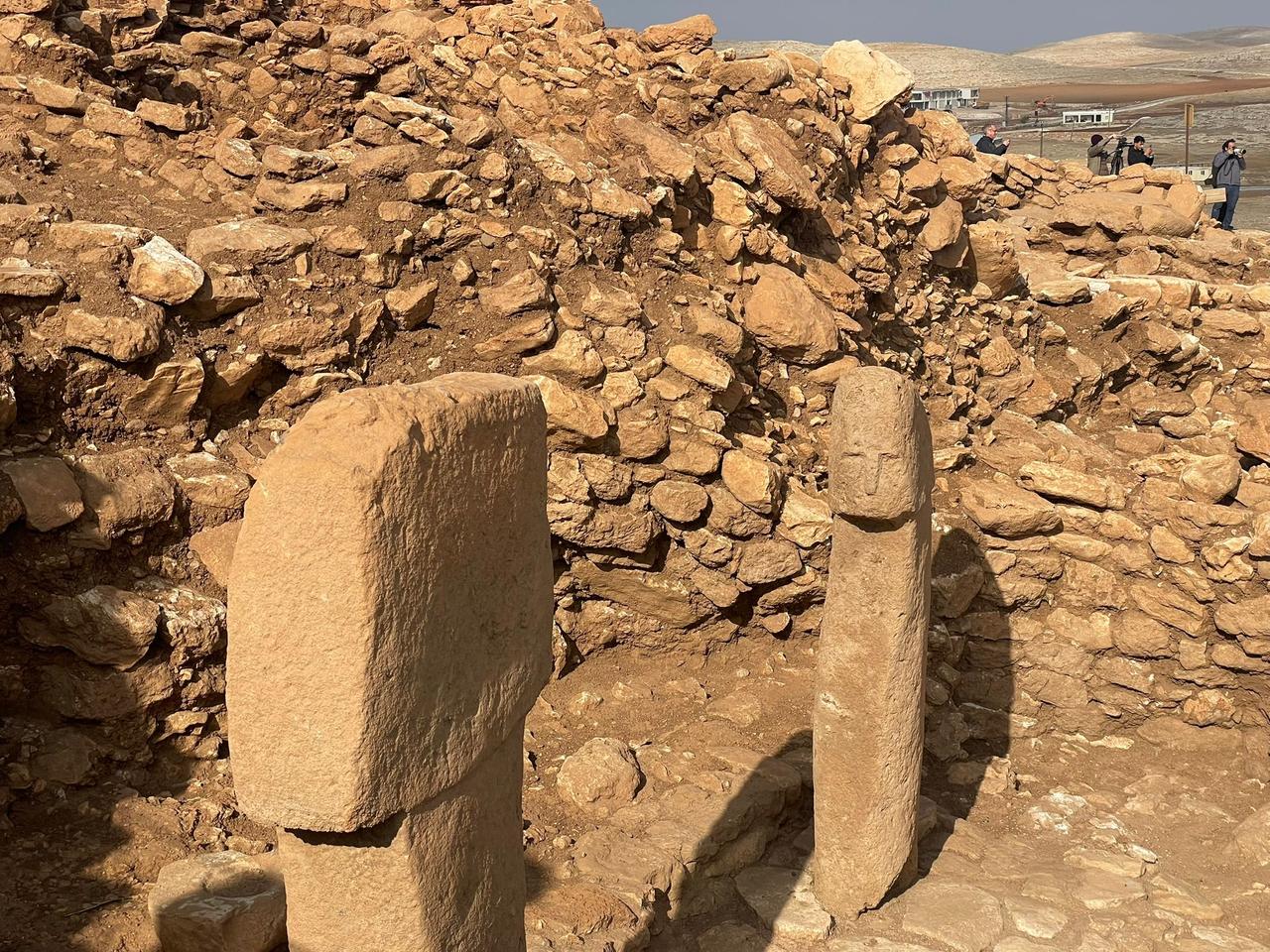
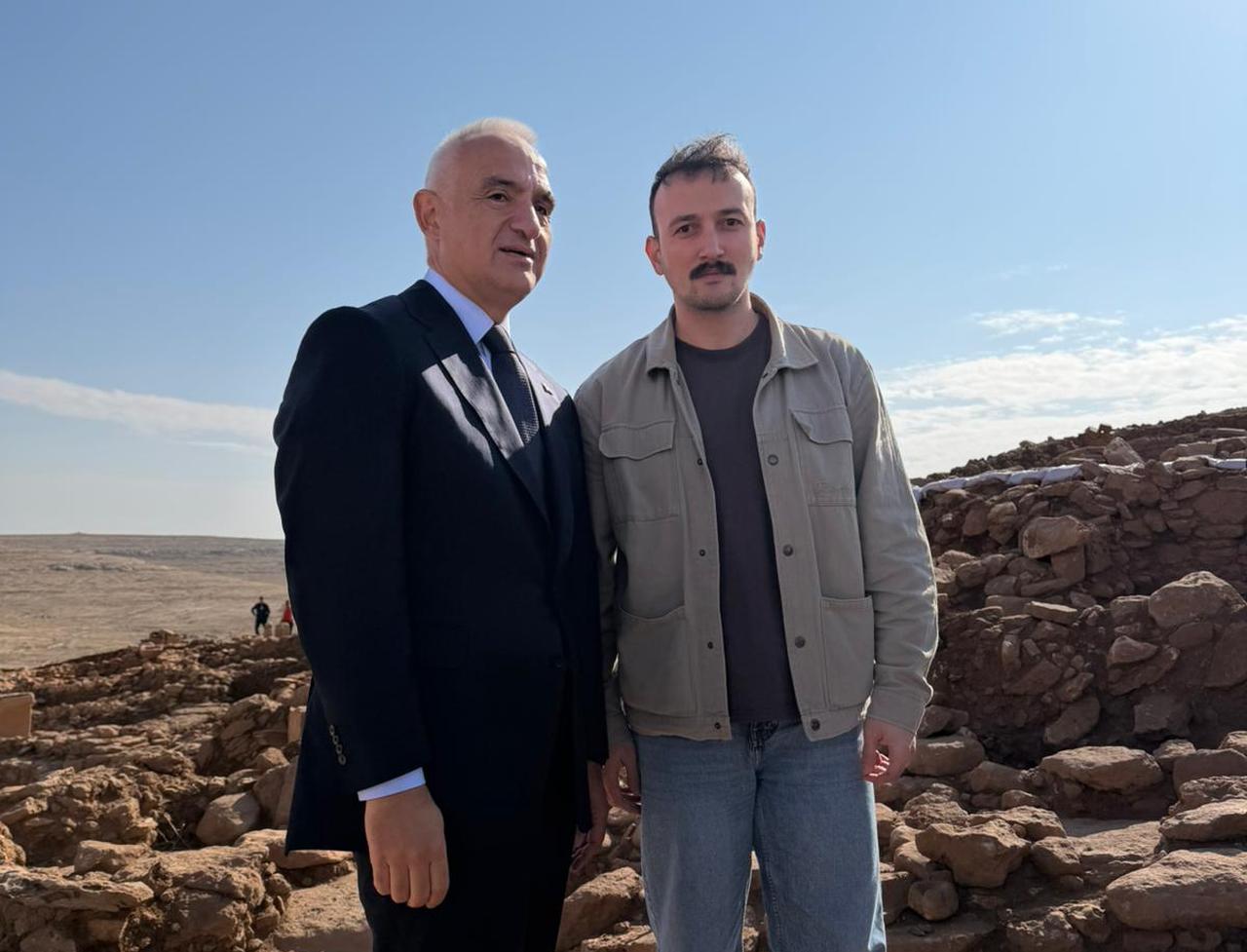
With new sculptures, symbolic artefacts and ritual objects now added to the catalogue of discoveries, researchers expect these finds to guide future interpretations of belief, identity and social structure in the earliest settled communities.
Ersoy concluded by thanking excavation teams, universities and international partners, expressing confidence that Tas Tepeler “will be recognized as the Neolithic capital of the world.”